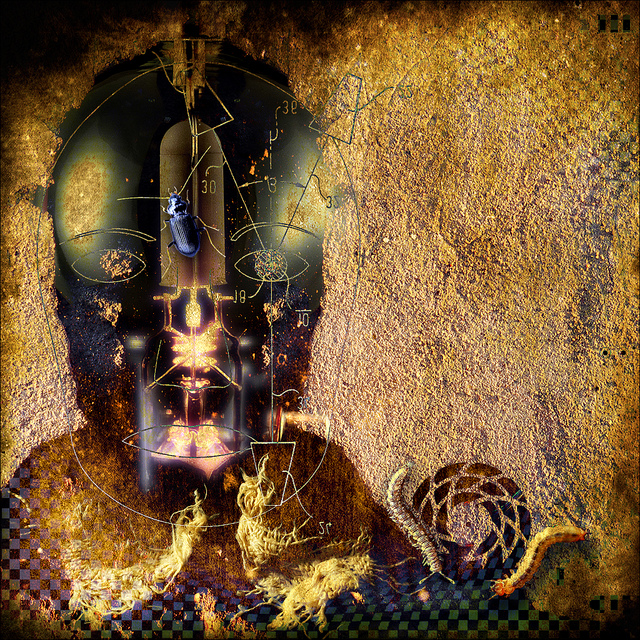Paper publishing is so much slower than pixel publishing. In fact we incorrectly thought the new map would live at teach.webmaker.org and not here: https://teach.mozilla.org/teach-like-mozilla/web-literacy/. The article is paywalled but you can see a pre-published version here. We wrote and planned the document in the open but the needs of publishers required us to place our thoughts behind a paywall. To account for this Ian has added a series of interviews. Here is my interview:
We also published the the paper on Academia.edu and people noted that they thought our vignette was contrived. No way was a student going to unconferences and sharing his tale of #webliteracy. Well Ian interviews Garth here. We published Garth’s story not using a pseudonym but in the open.
Ian also interviewed Laura Hilliger and Doug Belshaw if you are interested.
Working with Ian, Doug, Laura, Tim, Mikko, Jess, Alvar, Ankit, and so many more was such a great experience. Much of what Ian and I discussed were the changes the community made to Version 1.1. I am very happy with the outcome. I argue we put the subjectives into what are loose objectives. We want the web lit to be used not to understand the web but to help build a web.
What is different?
Ian opened with a question on what is different. I used the metaphor of chimpanzee DNA again. Humans share 98% of our DNA with chimps but in that 2% you find the ability to simulate the future, genocides, and great works of art. Small difference matter.
Why is this important?
We spent some time discussing the Why. For me web literacy is the way we read, write, and participate in the Networked Society. There have been been great posts explaining the why better than me. Check out Laura Hilliger’s reflection to Marc Surman’s talk, and his recent post, and Ben Moskowitz. It really is about protecting the web for the next billion while also making sure everyone has access to a global economy. They all said it better than my babble.
What is missing?
Ian did ask me what is still missing. I struggled with this question. Specifically where do digital skills begin and where do web literacy skills begin. I used video production as an example. Does that belong?
I also wonder if we got at the artistry of the web. We split design from accessibility (a benefit to both competencies) but the skills are quite technical.
-
Using CSS properties to change the style and layout of a Web page.
-
Demonstrating the difference between inline, embedded and external CSS.
-
Improving user experiences through feedback and iteration.
-
Creating device-agnostic web resources.
Watching the Webmaker, Mozilla Learning, and Foundation repo’s on Github these skills all apply but still it feels something is missing. That eye for design, the debate over color and moods. Do these belong?
When to begin?
The last question focused on when to begin. For me I belive some level of reading, writing, and participating is required for basic civic and community engagement but passion has to drive the answer to this question. Not every kid wants to code. I am okay with that. Some will be into sports, cars, and knitting. Yet each of these crafts have been forever changed by the Web. Let passion drive what you make.

